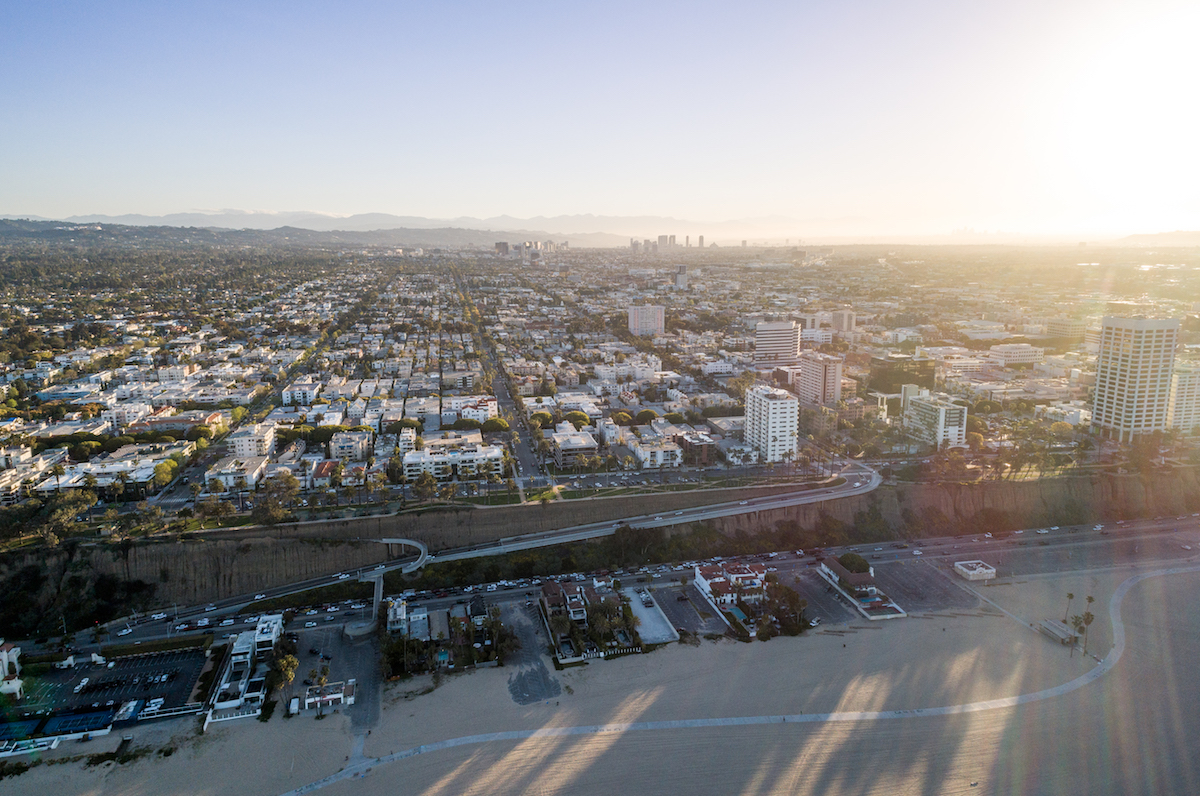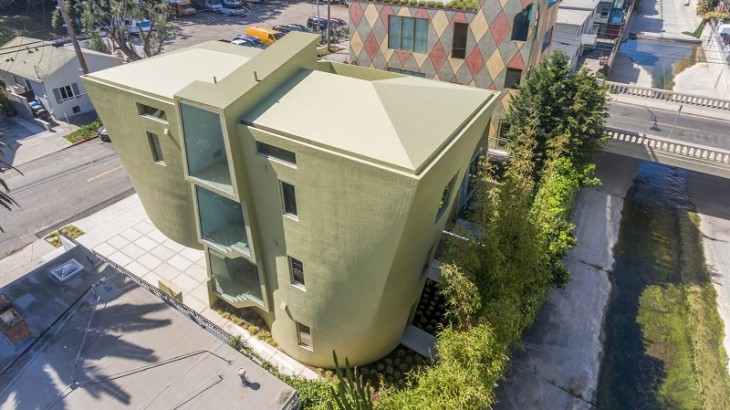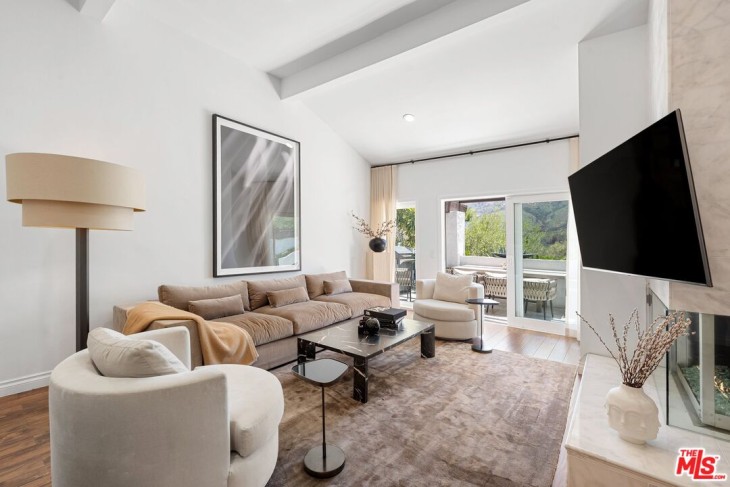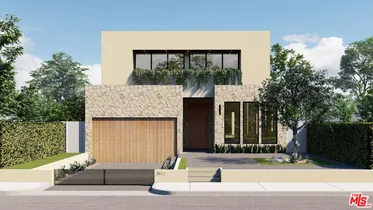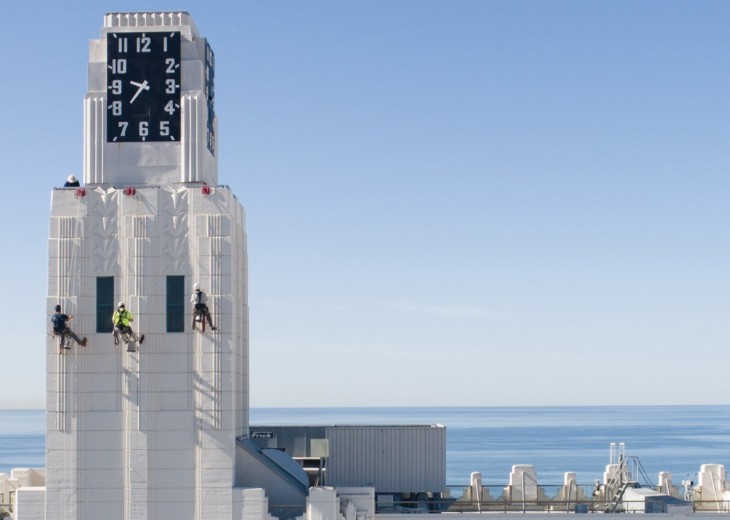
Affordability is the housing issue in Santa Monica (SM). Densification of the City is the primary objective of the draft 2021 – 2029 Housing Element, ostensibly to address an 8,895 RHNA unit target that is entirely unrelated to Santa Monica’s needs.
The Housing Element contains an assumption of, but no supporting data or demonstrated link between affordability and densification. That’s because such links don’t exist.
And, when proposing city-altering rezoning solutions to an ill-defined problem, no data or analyses have been prepared informing the residents of the amount of the RHNA “requirement” that can be satisfied by the existing LUCE. Specifically, the draft Housing Element is silent on the:
a. Quantification of the baseline LUCE capacity
b. Quantification of the minimum changes required to meet RHNA and associated requirements
c. Discretionary changes included in the proposal
Moreover, the LUCE modification process has not followed the extensive multi-year community consultations and negotiation process that successfully established the LUCE.
The absence of relevant analysis and fixation on unit goals unrelated to city needs will lead to significant detrimental unintended consequences such as exacerbating the family housing crisis. These will essentially be irreversible.
Densification Myth vs. Reality
Several unsupported rationales are being used to support the proposed densification. One is that “distributing land” across more units with up zoned by-right entitlements (i.e., R1 is automatically R2 or higher) will reduce housing costs. That outcome relies an assumption that land values are static which, as even the most casual observer knows, they most certainly are not.
In discussing the demographic distribution of residents in the city, the Housing Element overlooks the fact that such distributions are entirely driven by the price of the housing units, either owned or rented. And, as quantity does not impact price, the mere presence of (more) units is irrelevant. Consequently, the market rate densification included in Program No. 4, which eliminates R1 zoning, is unrelated to any of the stated objectives in the Housing Element.
The policy proposals do seem to align with the City’s financial objectives. The proposed density intensification will exacerbate the affordability issue as land values rise, with the increase primarily captured by developers (from profits) and the City (from accelerated property tax increases). Unlike other cities, it will be amplified by Santa Monica’s adopted industrial policy of being a high-end tourist destination. This land value outcome, and revenue potential to the City, was acknowledged by the Council in the March 30 Housing Element study session.
In addition to the complete misalignment of the issues and proposed policy “solutions,” there is no acknowledgement of the current state of Santa Monica’s existing density. At 10,900 persons per square mile, Santa Monica is in the top 7% of all cities in California with populations over 5,000 and in the top 9% of cities over 50,000. If densification had any relation to affordability, Santa Monica would be a less costly place to live in than 90% of the other CA cities, instead of being one of the costliest in the country.
Is Affordability Only Measured by Rent?
In an attempt to address affordability in the Housing Element, a city-wide concept has been proposed called an Affordable Housing Overlay (AHO), with unlimited height and density in 100% Affordable Housing projects.
Despite the significance and city-wide reach of this proposal, there is an absence of any supporting hard data or analysis in the plan demonstrating its applicability to all areas in the city such as deeply residential R1 zones.
Undifferentiated AHO implementation is at high risk of producing housing with limited access to amenities due to lack of viable transit. Unlike the traditional housing in the city, developers of affordable housing projects maximize density, using a less than 1:1 ratio of parking to units as the latest “innovation” that assumes bus transport will prevail. However, having low transport-network value bus service alone is an insufficient primary transit alternative except in a very small number of specific use cases.
The city has cited Cambridge, MA as an AHO model. It is, however, a model in contrast. Every area in Cambridge’s 6.4 square miles is a short walk to a legacy subway station, trolley or bus stop, significantly contributing to its AHO viability.
Excessive costs of retrofitting fully integrated transit systems into legacy road-reliant networked urban environments will ensure that the Cambridge scenario never materializes in Santa Monica. The Metro Line cost between an estimated $100 million to $166 million for each of its 15.1 miles.
Moreover, according to the NYU Marron Institute of Urban Management (consistent with Santa Monica’s lived experience), retrofitting densification exacerbates the impact on access to amenities as it drives consolidation (and elimination) of retail establishments. This is likely another unintended consequence of increasing land costs from densification. It also represents a counter-argument to reducing parking, especially in affordable projects.
Santa Monica’s AHO policy development is also unrecognizable compared to the process in Cambridge, MA. In Cambridge, 20 public meetings were held, 62 zoning amendments proposed and 46 adopted. This has resulted in, for example, neighborhood-specific height limitations.
Little Improvement for Current Residents
Due to Santa Monica’s rent control structure, the AHO does not benefit existing residents since rents in new buildings will likely be higher than rents in existing controlled units. And, any relocation of renters from existing non-deed restricted controlled units would subject the vacated units to vacancy decontrol, significantly negating the affordability impact of the new projects.
In addition, despite identifying housing assistance to residents considered “rent-burdened” as a strategy (i.e., families spending more than 30 percent of their monthly income for housing costs), there is neither city-specific quantification of the current scope of the issue nor a quantified assistance objective.
Unintended Consequences and the Family Housing Crisis
The implied population increase from a 8,895-unit target, unrelated to Santa Monica’s needs, is on a scale not seen in Santa Monica since the 1940s. However, the type of density being proposed is entirely different than what was experienced in that past growth phase.
Focusing on a unit target incentivizes building ever smaller units to maximize each building’s contribution to meeting the target. The indiscriminate densification incentives and proposals are now to pack the maximum number of units into new buildings, reduce R1-type housing, increasing the land costs of R1-type housing, while increasing competition to access to a fixed or declining number of amenities such as swim centers. All these factors will accelerate and intensify the family housing crisis in the city.
Santa Monica’s average household (HH) size is just under 2 persons. In a December 7, 2020 analysis of the 3,726 vacant units for the five Santa Monica ZIP codes listed on Apartments.com (which does not include all vacant SM units), about 90% of the vacancies were comprised of Studio, 1-bedroom and 2-bedroom units.
The enrollment crisis in our schools, with projected declines of up to 14% to 2025 and 24% to 2030, reflects this family flight during the current RHNA cycle under the existing zoning. Enrollment would likely deteriorate even more under the proposed Housing Element zoning. These unintended and irreversible consequences will irrevocably alter the character of the city and accelerate the enrollment crisis of our school system and impact ancillary services such as libraries.
Who Pays, and How Much?
There are no quantifications of the resident cost burdens this plan will create. The Housing Element dismisses Sewer and Water infrastructure cost increases as being covered by increases in one-time Capital Facilities Fees, paid at the time of development. It is not clear in this developer-favored RHNA environment who will actually pay the costs.
Moreover, there is no mention of the costs involved in expanding City services such as police, fire and sanitation, which are already stretched to the maximum with both the existing density and City financial constraints.
Critical quality of life resident amenity requirements that increase with density such as swim centers and open space are either held static or at risk of reduction.
Housing Element Report Card
This City proposal represents a complete failure in responsible and accountable urban planning and analysis.
By rewriting in a matter of weeks the extensively negotiated City-Resident compact that is the LUCE, it also unilaterally abrogates the social compact in which the City and the residents agree on the conditions of residency.
The proposed Housing Element, and its production process, is the poster child for both reality avoidance and Bad Policy.
By Marc L. Verville for SMa.r.t. (Santa Monica Architects for a Responsible Tomorrow)
Thane Roberts, Architect, Robert H. Taylor AIA; Ron Goldman FAIA, Architect; Dan Jansenson, Architect, Building and Fire-Life Safety Commission; Samuel Tolkin Architect; Marc L. Verville M.B.A., CPA (inactive); Michael Jolly, AIRCRE

